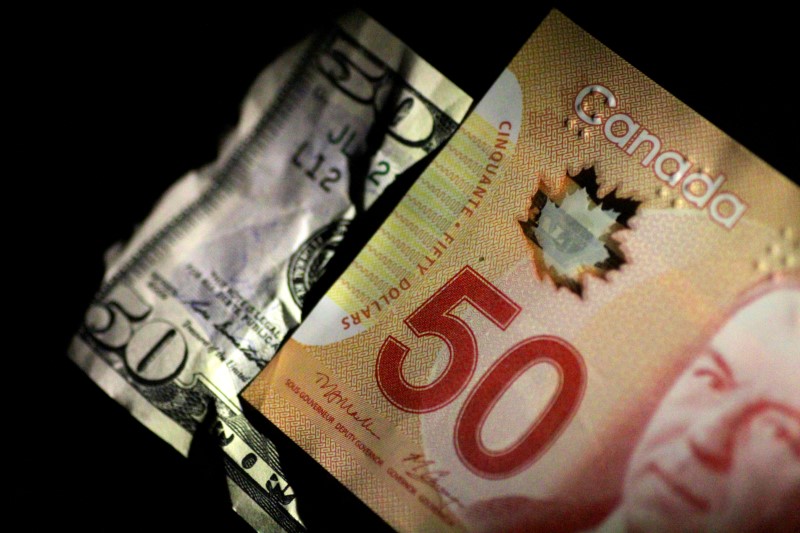(Bloomberg) -- The Bank of Canada said there’s evidence the global economy is stabilizing, while the domestic economy remains resilient, in an interest rate decision Wednesday that gave little indication policy makers are in a rush to lower borrowing costs.
The Ottawa-based central bank held its policy rate at 1.75% for a ninth consecutive meeting, retaining language from its previous statement that it judges the current interest rate is “appropriate.” The prolonged pause has left Canada with the highest policy rate among advanced economies.
The decision showcases a central bank still comfortable with its wait-and-see stance. In the statement, the central bank said the October projection for a recovery in global growth “appears to be intact,” even as ongoing international trade disputes remain the biggest source of risk. It also continued to characterize domestic economic conditions as resilient.
“Future interest rate decisions will be guided by the Bank’s continuing assessment of the adverse impact of trade conflicts against the sources of resilience in the Canadian economy,” policy makers led by Governor Stephen Poloz said in the statement.
“There is nascent evidence that the global economy is stabilizing,” officials said, adding that they expect global growth to edge higher over the next couple of years.
The statement is in line with comments Poloz made in a Nov. 21 interview, in which he said “we think we’ve got monetary conditions about right, given the situation.”
All 27 economists surveyed by Bloomberg expected the Bank of Canada to hold rates steady on Wednesday, though many see the bank eventually cutting borrowing costs as early as the first quarter next year. Markets are also pricing in one rate cut over the next 12 months.
The Canadian dollar extended gains on the statement, up 0.4% to C$1.324 per U.S. dollar at 10:04 Toronto time. Yields on two-year Canadian government bonds also jumped, trading at 1.62 percent from 1.56 percent yesterday./
On global outlook, policy makers said financial markets are being supported by easing measures by other central banks, and “waning recession concerns.” And while trade uncertainty persists, the Bank of Canada noted commodity prices and the currency have been stable.
Investment Momentum
On the domestic front, the central bank said gross domestic product came in as expected in the third quarter, driven higher by consumption and housing, as well as unexpected strength in investment. Policy makers, who had expected a decline in capital spending in the second half, said they will assess the extent to which the pickup “points to renewed momentum” in investment.
The Bank of Canada reiterated that the recent record of core inflation around 2% is consistent with an economy operating near capacity. While inflation is expected to pick up in coming months, the acceleration should be temporary due to year over year movements in gasoline prices.
One thing constraining the central bank is debt. Credit growth and real estate activity are re-accelerating in the second half of this year, propelled in part by lower interest rates imported from abroad, and any additional stimulus by the Bank of Canada could fuel risks.
“The bank continues to monitor the evolution of financial vulnerabilities related to the household sector,” they said in the statement.
